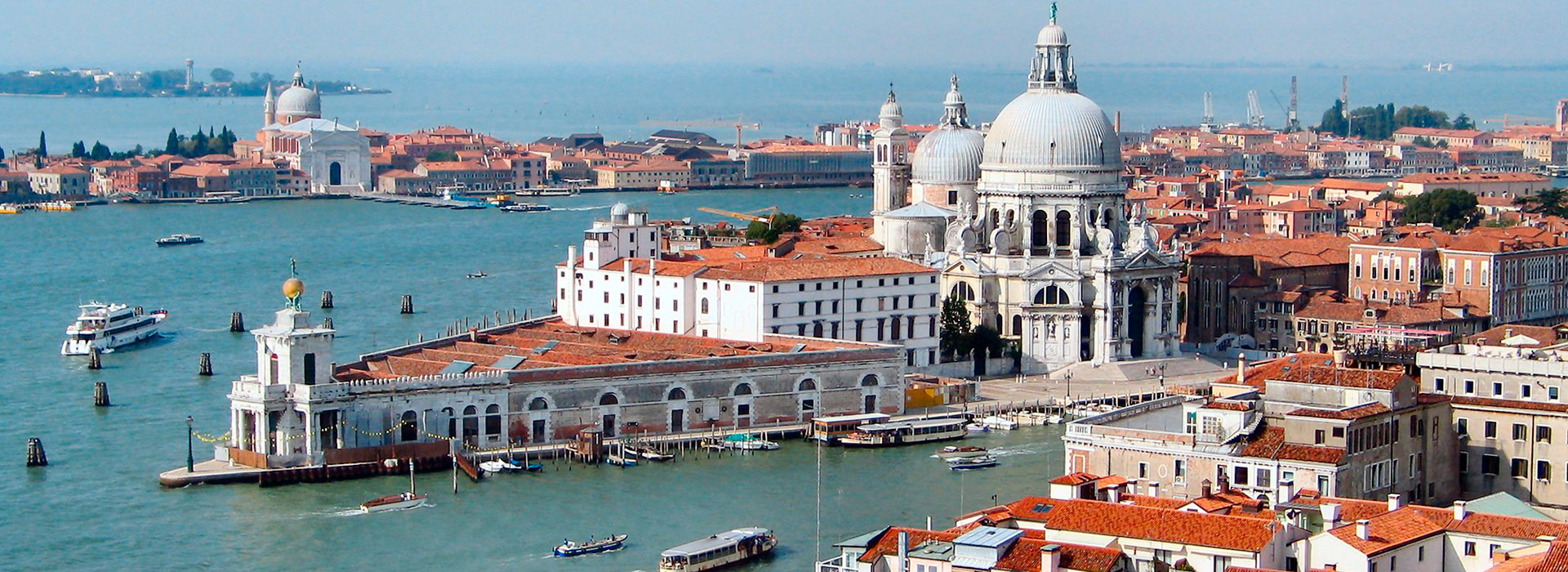The Glass Museum is located in Murano, an island of the Venetian Lagoon, famous for the art of glass. The collection is laid out chronologically on the first floor of the museum.
Starting from an archaeological section on the ground floor, which contains noteworthy Roman works, it follows to the largest historical collection of Murano glass.
The Murano Glass Museum
The Murano Glass Museum was founded in 1861 when the darkest period in the history of Murano glassmaking had been overcome, following the fall of the Republic of San Marco (1797) and the subsequent years of foreign rule. Antonio Colleoni (1811-1855) who was then mayor of the island and Abbot Vincenzo Zanetti (1824 - 1883) - an enthusiast regarding the art of glassmaking - were able to get the town Council to approve the idea of setting up archives consisting of any available information in order to map out the history and life of the island. The museum expanded faster than the archives due to the fact that a large number of glass pieces made on the island over the centuries as well as contemporary objects were donated by the ownwers of the glass factories which had started working again in the second half of the 19th century with renewed vigour.
In 1862 Vincenzo Zanetti also started up a school which was annexed to the museum and attended by the glassworkers on their days off. They studied design as well as past examples of blown glass conserved there. Following the fusion of Murano with Venice Municipality. in 1923 the Glass Museum became part of the Venetian Civic Museums. In 1932 its collections were put in order under the guidance of Giulio Lorenzetti and Nino Barbantini who adopted more modern criteria regarding display techniques.
The museum's collection was further expanded by the addition of the Correr, Cicogna and Molin Collections which include, among other things, the most beautiful Renaissance pieces in the museum.
The Archeological Heritage Department was responsible for setting up the archeological section whose most outstanding exhibits come from the necropolises of Enona (Zara).
Except for occasional purchases, even today additions are nade to the museum's collection thanks to donations made by the island's glassworks which enrich, above all, the contemporary collection.
The Building
The palace was the ancient residence of the bishops of Torcello. It was originally a patrician’s palace in typical Flamboyant Gothic style, and then in 1659 it became the residence of Bishop Marco Giustinian who later bought the property and donated it to the Torcello diocese. This was the period when extensive rebuilding was carried out, based on plans by Antonio Gaspari. When in 1805 the Torcello diocese was abolished, the palace passed into the hands of the Venice Patriarchate which in turn sold it to the Murano Municipality in 1840, and it became the town hall.
When the museum and archives were established in 1861, they were both housed in the central room on the first floor.
However, the rapid and steady growth of the collection made it necessary to find more space and so gradually the museum occupied the whole building.
After the autonomous Murano Municipality was abolished in 1923 and was annexed to Venice, the museum became part of the Venice Civic Museums.
Today, the ceiling of the large central room (or portego) on the first floor overlooking the Grand Canal in Murano testifies the original splendour of the palace with an 18th century fresco by Francesco Zugno (1709 – 1789) depicting the allegory of the Triumph of San Lorenzo Giustinian, the first patriarch of Venice (1381 – 1455), ancestor of the family which radically altered the building in the 17th century. Francesco Zanchi (1734 – 1772) also collaborated with Zugno by completing his work with architectural details. The frieze with the coat of arms of Murano families is modern. Of the three large chandeliers, the central one with 60 branches deserves particular attention.It was made by Giovanni Fuga and Lorenzo Santi and presented at the first Murano Glass Exposition in 1864 where it was awarded a gold medal.
Murano Glass Museum opening times
- From April 1st to October 31st: Open daily 10:00 - 18:00. Last admission 17:00.
- From November 1st to March 31st: Open daily 10:00 - 17:00. Last admission 16:00.
- Closed on December 25th, January 1st and May 1st.
Map of the Glass Museum
AddressFondamenta Marco Giustinian, 8
30141 Venezia, Italia




